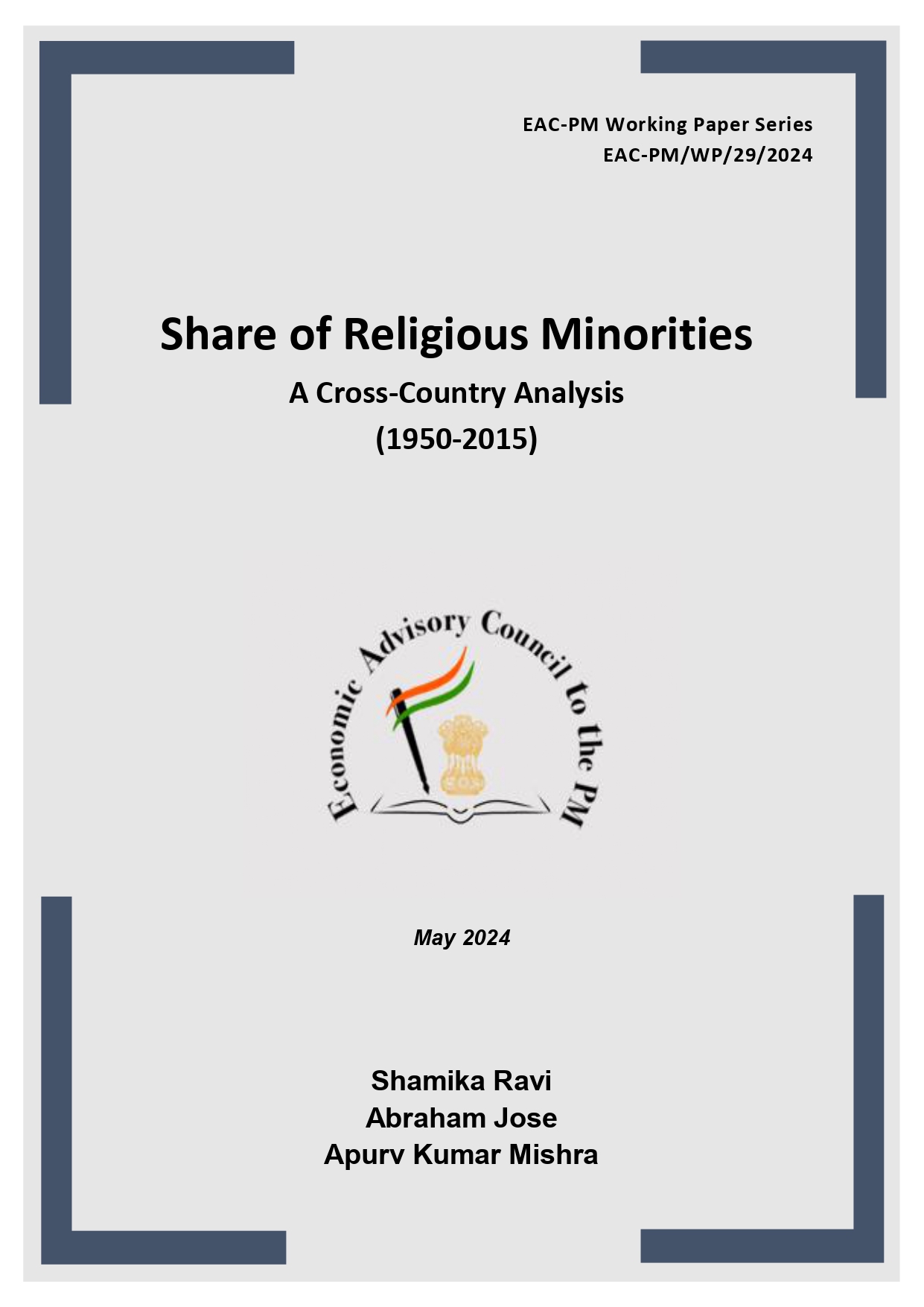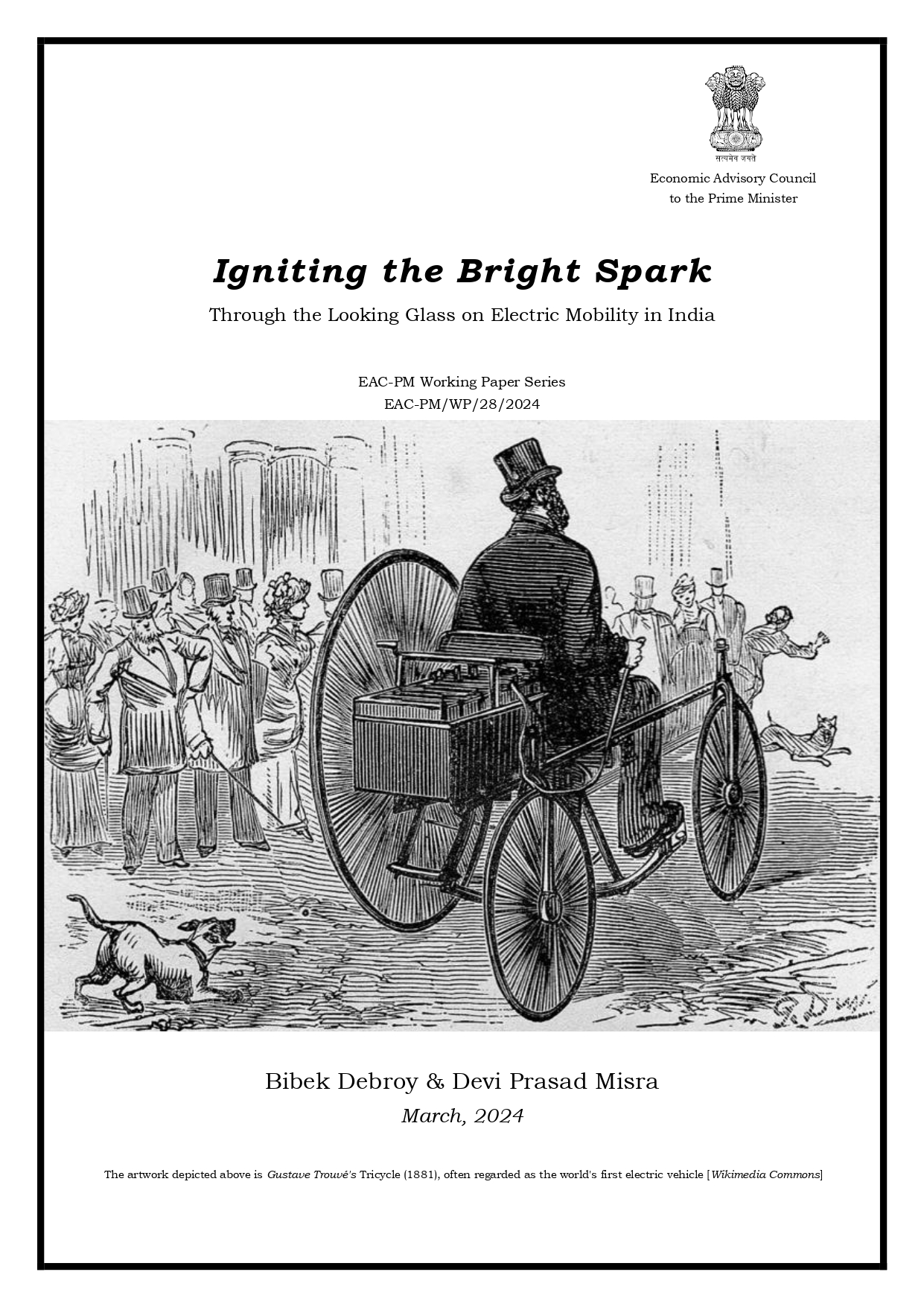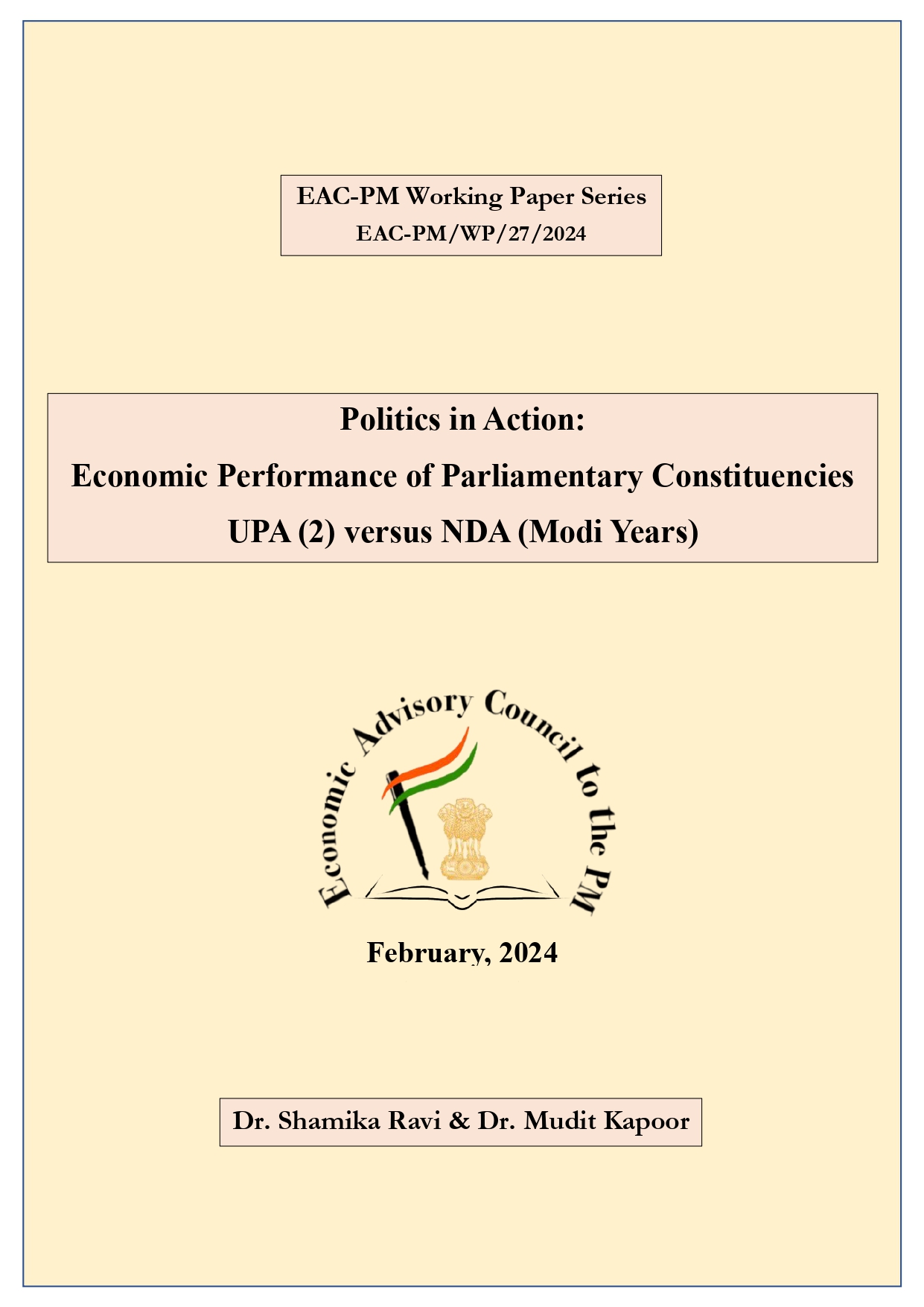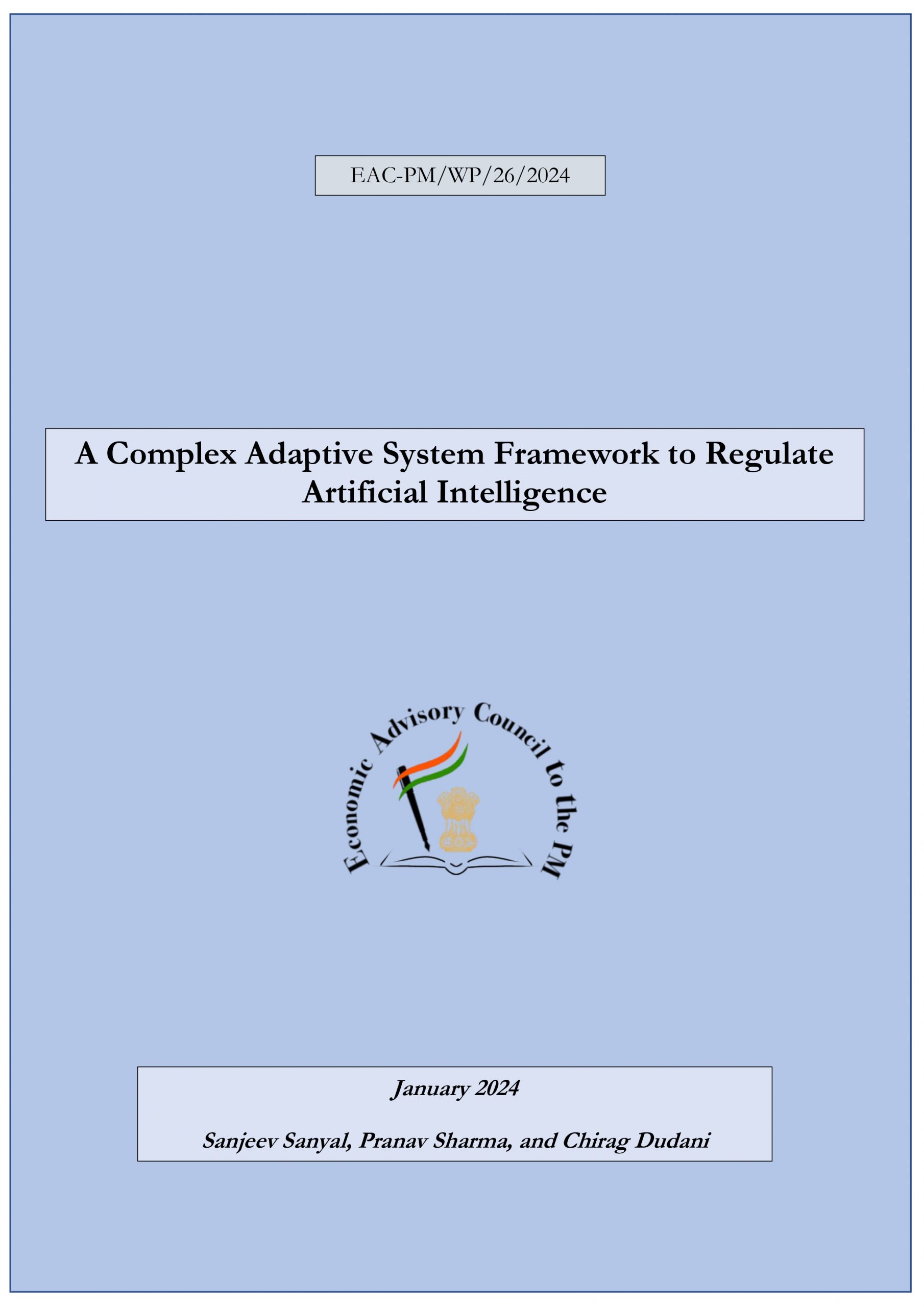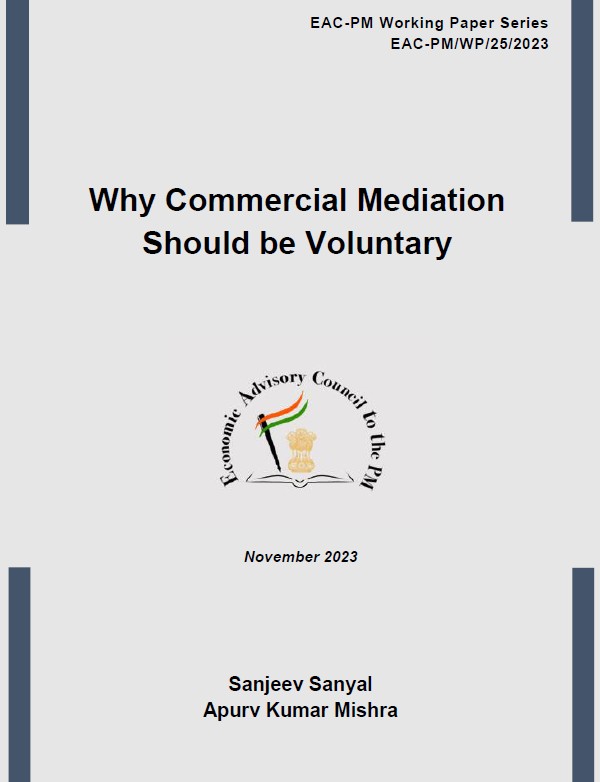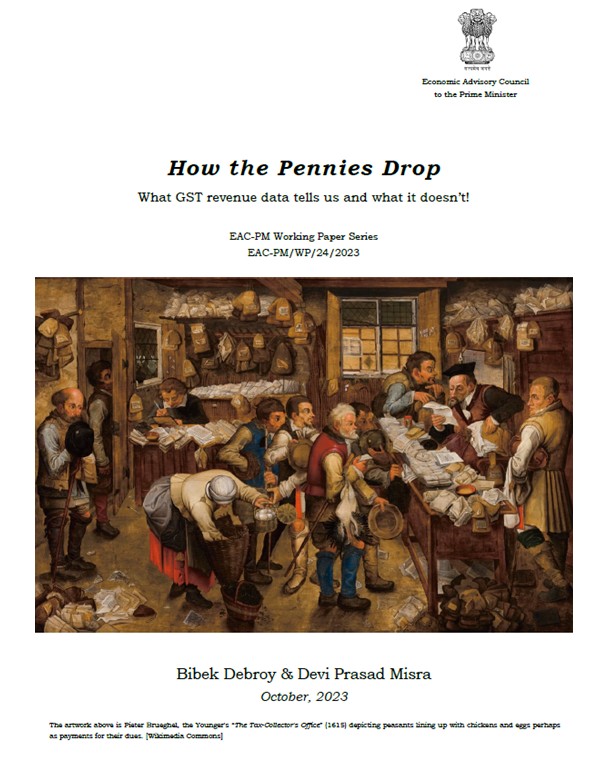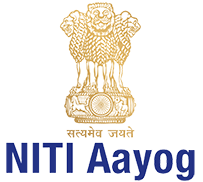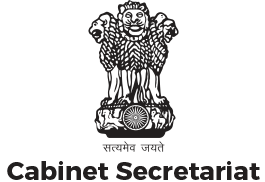ABOUT
EAC-PM
Economic Advisory Council to the Prime Minister (EAC-PM) is an independent body constituted to give advice on economic and related issues to the Government of India, specifically to the Prime Minister. At present, the composition of EAC-PM is: Dr. Bibek Debroy (Chairman), Shri Sanjeev Sanyal (Member), Dr. Shamika Ravi (Member), Shri Rakesh Mohan (Part-Time Member), Dr. Sajjid Chinoy (Part-Time Member), Dr. Neelkanth Mishra (Part-Time Member), Shri Nilesh Shah (Part-Time Member), Prof. T.T. Ram Mohan (Part-Time Member) and Dr. Poonam Gupta (Part-Time Member).
The Terms of Reference of EAC-PM include analyzing any issue, economic or otherwise, referred to it by the Prime Minister and advising him thereon, addressing issues of macroeconomic importance and presenting views thereon to the Prime Minister. These could be either suo-motu or on reference from the Prime Minister or anyone else. They also include attending to any other task as may be desired by the Prime Minister from time to time.


















